There has probably never been so many schemes in the agricultural sector than there are in the year 2021.
More and more, the focus is turning towards reducing greenhouse gas emissions, minding the environment and increasing biodiversity.
It’s important to be informed on these schemes whether you’re a buyer, a seller or are renting out or leasing ground.
For example, a designation can limit the uses of one piece of land, but allow other land to qualify for valuable measures under environmental schemes such as REPS or GLAS.
Other rules, for example those to protect water quality, like the nitrates regulations are also important to consider, particularly when leasing ground. This article takes a look at some of the schemes and programmes in place now or coming in the near future.
Land designations
Land designations can mean that agricultural activity will be prevented on certain areas of land.
So those hoping to plant forestry on more marginal ground should be aware of these designations and check if the land is designated – or is proposed to be in the future. It may be necessary to use a solicitor to make this check.
Special areas of conservation
Special areas of conservation (SACs) are one example of land designation. These areas are described as prime wildlife conservation areas. Examples of SACs in Ireland include raised bogs, blanket bogs, turloughs, sand dunes, machair (flat sandy plains on the north and west coasts), heaths, lakes, rivers, woodlands, estuaries and sea inlets.
The aim of some of these SACs is to protect certain species, including salmon, otter, freshwater pearl mussel and the Killarney fern.
Farmers who are part of the Freshwater Pearl Mussel Project fence along watercourses, maintain marginal land beside watercourses and manage nutrient efficiency on farm to prevent losses to water.
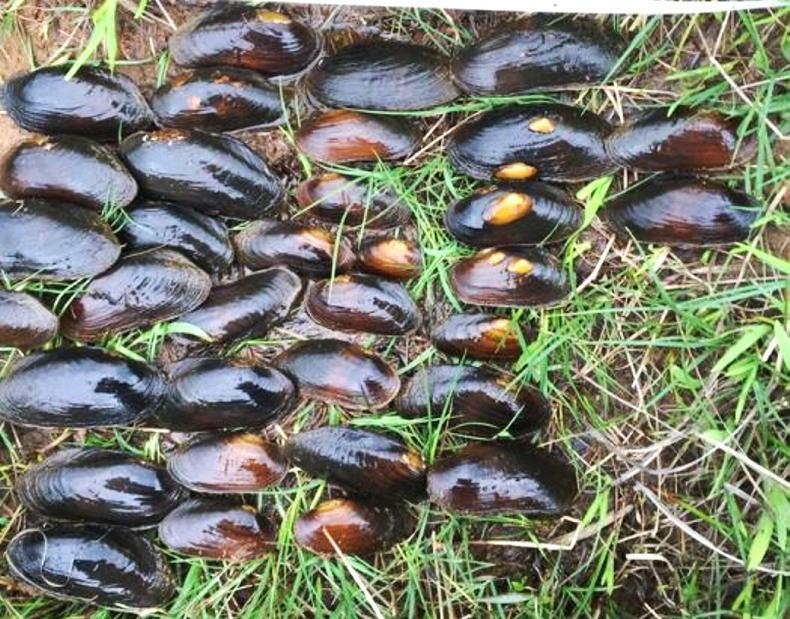
Freshwater pearl mussel.
There are approximately 13,500km2 of SACs in this country, and an estimated 53% of these areas are on land with the remainder in marine areas or large lakes.
To put this into context with the rest of the EU, there are over 12,600 SACs in the EU (either identified or proposed) and these sites take up an area the size of Germany; approximately 420,000km2.
There are over 12,600 SACs in the EU
SACs are designated on a legal basis by the EU Habitats Directive and are transposed into Irish law by the European Communities (Birds and Natural Habitats) Regulations.
Special Protected Areas
Another land designation type is Special Protected Area (SPA), which take up 597,000ha between marine and terrestrial habitats.
Agricultural land in these types of designations include extensive upland areas.
Wet land and scrub provide feed and breeding areas for the hen harrier, swans and geese.
These land designation types are listed on the National Parks and Wildlife Service website and it’s important to identify if land or some of a land parcel has one of these designations before agreeing to a sale.
Natural heritage areas
Natural heritage areas (NHA) protect endangered animal and plant species. They included 23,000ha of raised bogs (75, in total) and 37,000ha of blanket bogs (73).
At present, the Geographical Survey of Ireland (GSI) is identifying sites which need protection in this designation.
The GSI has already identified a list of areas with exposed limestone and early fossil sites.
A list of 630 sites were proposed to be included in this designation in 1995 and take up an area of approximately 65,000ha but these sites have not yet been designated.
The designation of these sites is expected to happen on a gradual basis in the coming years.
These sites vary in size from small roosting places to large woodland areas.
Bog rewetting
Over the past year, there has been plenty of talk about landowners being paid to rewet drained bogs in order to sequester more carbon.
A nine-year scheme called the Wild Atlantic Nature Life project is to pay farmers to restore blanket bog in 24 SACs.
Under the scheme, farmers in the west and northwest of the country will be paid to rewet bogs, plant native trees and carry out certain grazing management on a total of 225,552ha. The scheme is valued at €20.6m.
Areas of Natural Constraints
The Areas of Natural Constraints (ANC) scheme provides payments to farmers working land which has been designated as a disadvantaged area.
In order to qualify for an ANC payment in 2020, farmers had to have a valid herd number and be farming at least 3ha of eligible ANC lands.
Farmers were required to maintain a minimum stocking rate of 0.15LU per eligible forage hectare for seven consecutive months of the year and maintain an average stocking rate of 0.15LU per eligible forage hectare for the entire year.
Those with sheep or goats were required to take part in the sheep or goat census.
Cattle, sheep, goats, horses, donkeys and deer are eligible under the scheme, while arable lands payable in designated areas under the scheme are not taken into account when calculating stocking rates.
Payments in the scheme increase with the severity of disadvantage and decrease with an increasing number of hectares.
In 2020, the payments ranged in price from €88.25/ha to €148/ha.
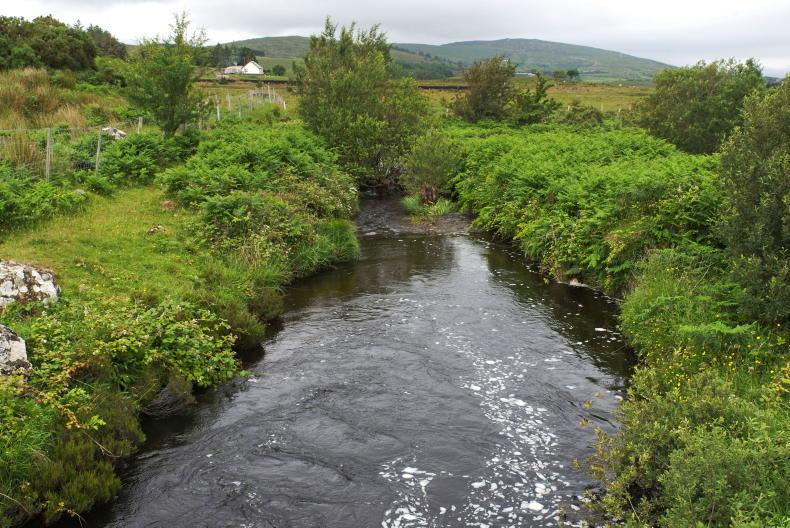
The Owenriff river which runs through Glengowla, Oughterard, in Co Galway is one of eight catchment areas for the Pearl Mussel Project. \ David Ruffles
When purchasing land, it is important to think about schemes available to you which can increase income and ultimately help to pay the bill and turn a profit.
The path the EU is taking will, in many cases, mean that there may be a steady income stream available from farm schemes which is greater than the farm produce.
When purchasing land, it is important to think about schemes available to you which can increase income
Schemes like REPS and later, GLAS, have incorporated measures which worked well on some of the more marginal land in this country and can bring in a significant income stream and help to pay for the land.
The new REPS will be one to watch out for in the coming months and it will be important to make the most out of the budget.
As time has gone on, the nitrates directive and derogation have become more challenging to comply with buyers, or more so leasers in this case, should take all of these things into account when considering taking land for a length of time.
For example, are there many watercourses on the land which may require more management into the future or which in the case of those farming in derogation require changes immediately? Is a change in infrastructure needed on the farm?
All farms have been required to divert runoff from roadways back to fields since 1 January this year, while water troughs are now required to be installed 20m from a watercourse and all stock must be fenced 1.5m from watercourses.
If taking a short-term lease and these changes need to be made, it’s worth taking into account changes that need to be made and if the investment and the length of the lease add up.
In many cases, small changes will be needed.
It may be as simple as erecting a temporary fence.
However, if roadways need to be altered, troughs need to be moved or water pipes installed where livestock had been drinking out of watercourses on the farm, then a large investment may be needed and a cost-benefit analysis will need to be carried out.
There has probably never been so many schemes in the agricultural sector than there are in the year 2021.
More and more, the focus is turning towards reducing greenhouse gas emissions, minding the environment and increasing biodiversity.
It’s important to be informed on these schemes whether you’re a buyer, a seller or are renting out or leasing ground.
For example, a designation can limit the uses of one piece of land, but allow other land to qualify for valuable measures under environmental schemes such as REPS or GLAS.
Other rules, for example those to protect water quality, like the nitrates regulations are also important to consider, particularly when leasing ground. This article takes a look at some of the schemes and programmes in place now or coming in the near future.
Land designations
Land designations can mean that agricultural activity will be prevented on certain areas of land.
So those hoping to plant forestry on more marginal ground should be aware of these designations and check if the land is designated – or is proposed to be in the future. It may be necessary to use a solicitor to make this check.
Special areas of conservation
Special areas of conservation (SACs) are one example of land designation. These areas are described as prime wildlife conservation areas. Examples of SACs in Ireland include raised bogs, blanket bogs, turloughs, sand dunes, machair (flat sandy plains on the north and west coasts), heaths, lakes, rivers, woodlands, estuaries and sea inlets.
The aim of some of these SACs is to protect certain species, including salmon, otter, freshwater pearl mussel and the Killarney fern.
Farmers who are part of the Freshwater Pearl Mussel Project fence along watercourses, maintain marginal land beside watercourses and manage nutrient efficiency on farm to prevent losses to water.

Freshwater pearl mussel.
There are approximately 13,500km2 of SACs in this country, and an estimated 53% of these areas are on land with the remainder in marine areas or large lakes.
To put this into context with the rest of the EU, there are over 12,600 SACs in the EU (either identified or proposed) and these sites take up an area the size of Germany; approximately 420,000km2.
There are over 12,600 SACs in the EU
SACs are designated on a legal basis by the EU Habitats Directive and are transposed into Irish law by the European Communities (Birds and Natural Habitats) Regulations.
Special Protected Areas
Another land designation type is Special Protected Area (SPA), which take up 597,000ha between marine and terrestrial habitats.
Agricultural land in these types of designations include extensive upland areas.
Wet land and scrub provide feed and breeding areas for the hen harrier, swans and geese.
These land designation types are listed on the National Parks and Wildlife Service website and it’s important to identify if land or some of a land parcel has one of these designations before agreeing to a sale.
Natural heritage areas
Natural heritage areas (NHA) protect endangered animal and plant species. They included 23,000ha of raised bogs (75, in total) and 37,000ha of blanket bogs (73).
At present, the Geographical Survey of Ireland (GSI) is identifying sites which need protection in this designation.
The GSI has already identified a list of areas with exposed limestone and early fossil sites.
A list of 630 sites were proposed to be included in this designation in 1995 and take up an area of approximately 65,000ha but these sites have not yet been designated.
The designation of these sites is expected to happen on a gradual basis in the coming years.
These sites vary in size from small roosting places to large woodland areas.
Bog rewetting
Over the past year, there has been plenty of talk about landowners being paid to rewet drained bogs in order to sequester more carbon.
A nine-year scheme called the Wild Atlantic Nature Life project is to pay farmers to restore blanket bog in 24 SACs.
Under the scheme, farmers in the west and northwest of the country will be paid to rewet bogs, plant native trees and carry out certain grazing management on a total of 225,552ha. The scheme is valued at €20.6m.
Areas of Natural Constraints
The Areas of Natural Constraints (ANC) scheme provides payments to farmers working land which has been designated as a disadvantaged area.
In order to qualify for an ANC payment in 2020, farmers had to have a valid herd number and be farming at least 3ha of eligible ANC lands.
Farmers were required to maintain a minimum stocking rate of 0.15LU per eligible forage hectare for seven consecutive months of the year and maintain an average stocking rate of 0.15LU per eligible forage hectare for the entire year.
Those with sheep or goats were required to take part in the sheep or goat census.
Cattle, sheep, goats, horses, donkeys and deer are eligible under the scheme, while arable lands payable in designated areas under the scheme are not taken into account when calculating stocking rates.
Payments in the scheme increase with the severity of disadvantage and decrease with an increasing number of hectares.
In 2020, the payments ranged in price from €88.25/ha to €148/ha.

The Owenriff river which runs through Glengowla, Oughterard, in Co Galway is one of eight catchment areas for the Pearl Mussel Project. \ David Ruffles
When purchasing land, it is important to think about schemes available to you which can increase income and ultimately help to pay the bill and turn a profit.
The path the EU is taking will, in many cases, mean that there may be a steady income stream available from farm schemes which is greater than the farm produce.
When purchasing land, it is important to think about schemes available to you which can increase income
Schemes like REPS and later, GLAS, have incorporated measures which worked well on some of the more marginal land in this country and can bring in a significant income stream and help to pay for the land.
The new REPS will be one to watch out for in the coming months and it will be important to make the most out of the budget.
As time has gone on, the nitrates directive and derogation have become more challenging to comply with buyers, or more so leasers in this case, should take all of these things into account when considering taking land for a length of time.
For example, are there many watercourses on the land which may require more management into the future or which in the case of those farming in derogation require changes immediately? Is a change in infrastructure needed on the farm?
All farms have been required to divert runoff from roadways back to fields since 1 January this year, while water troughs are now required to be installed 20m from a watercourse and all stock must be fenced 1.5m from watercourses.
If taking a short-term lease and these changes need to be made, it’s worth taking into account changes that need to be made and if the investment and the length of the lease add up.
In many cases, small changes will be needed.
It may be as simple as erecting a temporary fence.
However, if roadways need to be altered, troughs need to be moved or water pipes installed where livestock had been drinking out of watercourses on the farm, then a large investment may be needed and a cost-benefit analysis will need to be carried out.








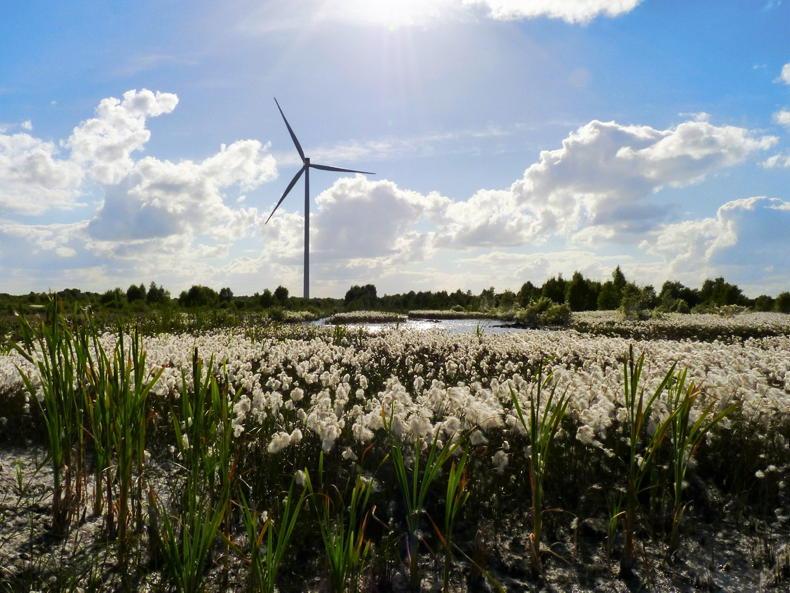
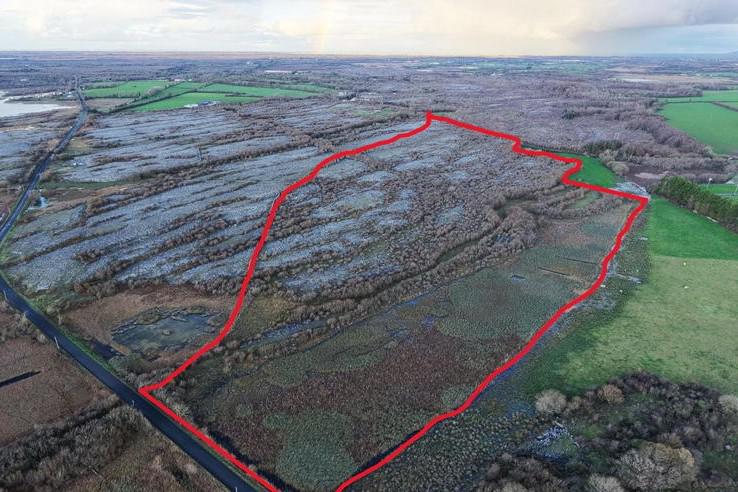

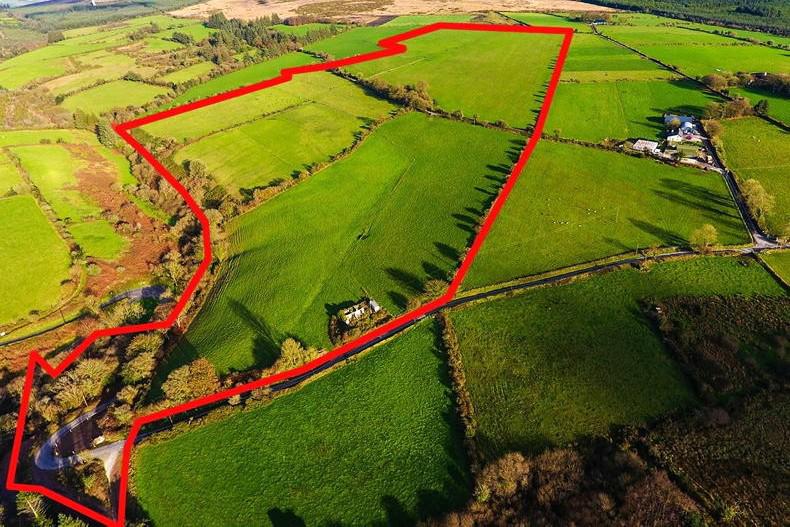
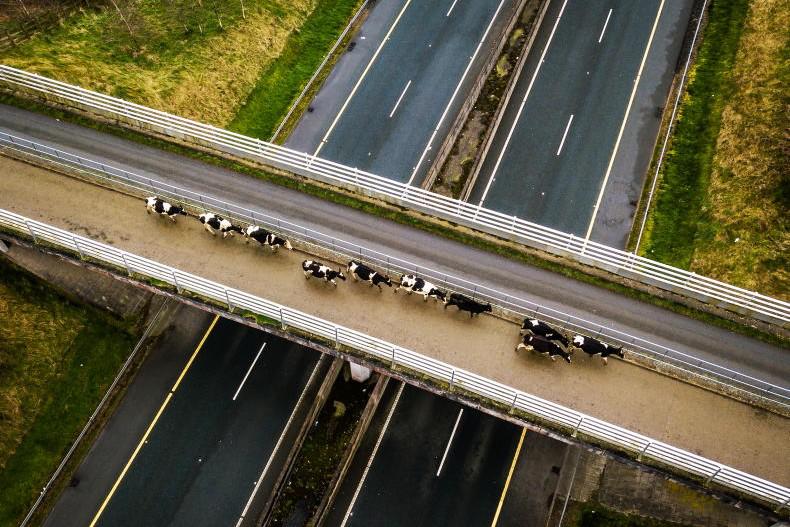
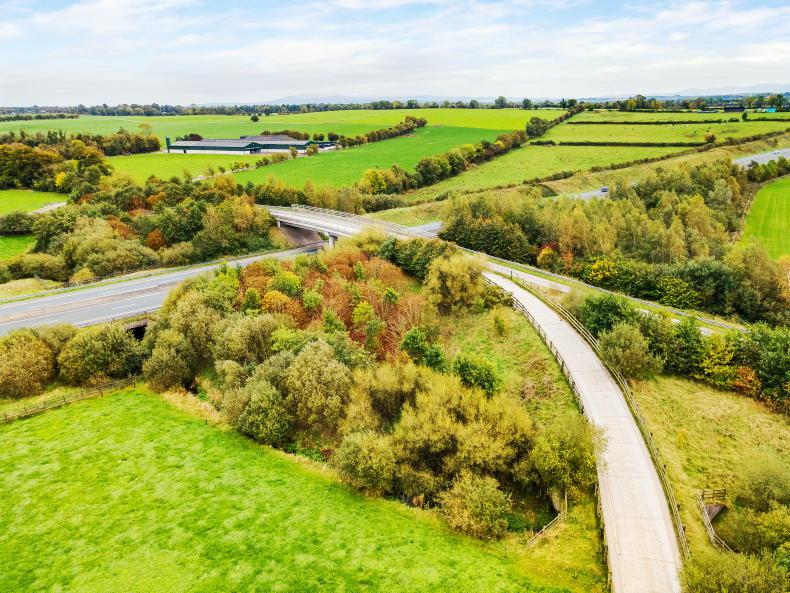
SHARING OPTIONS